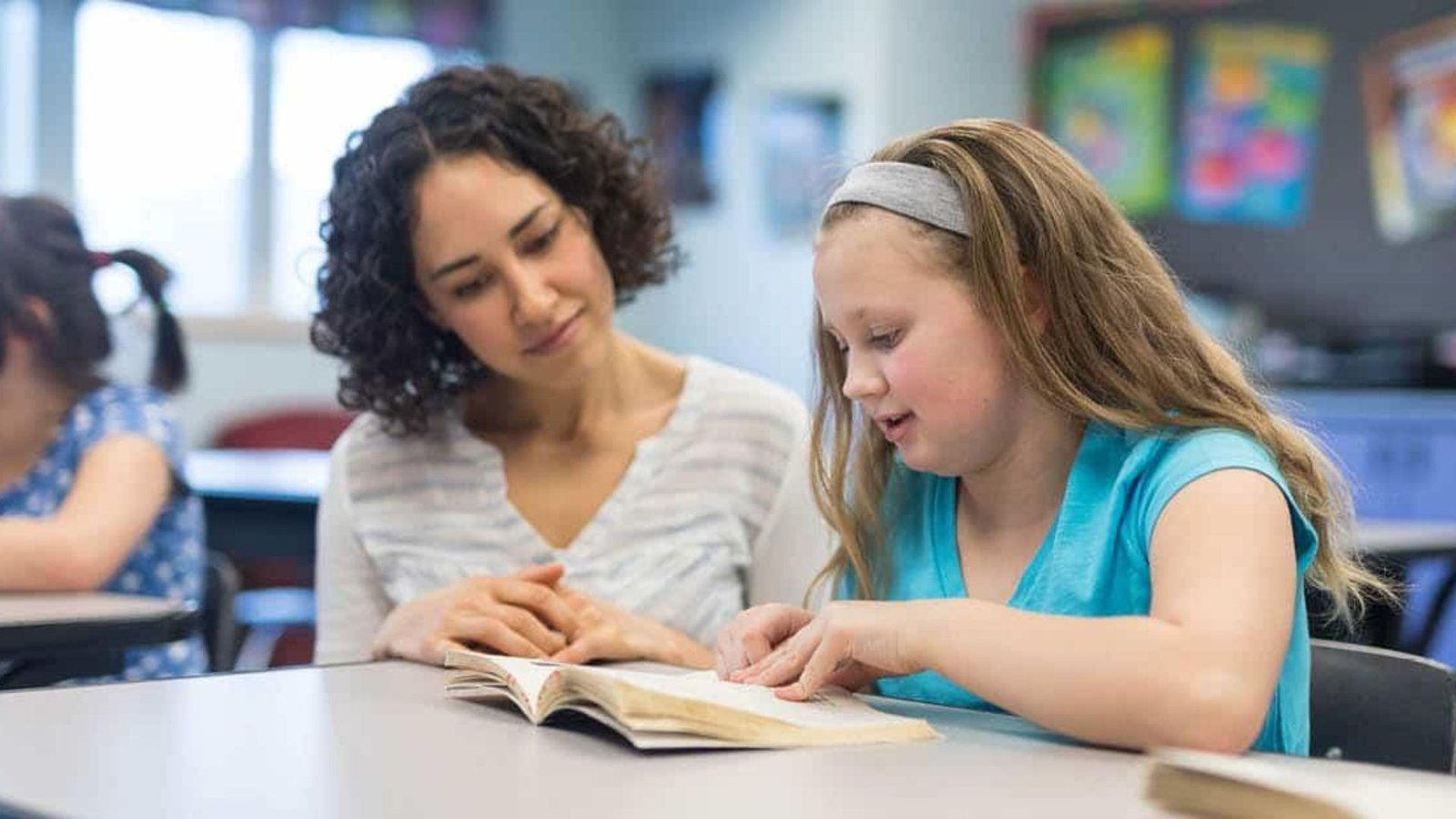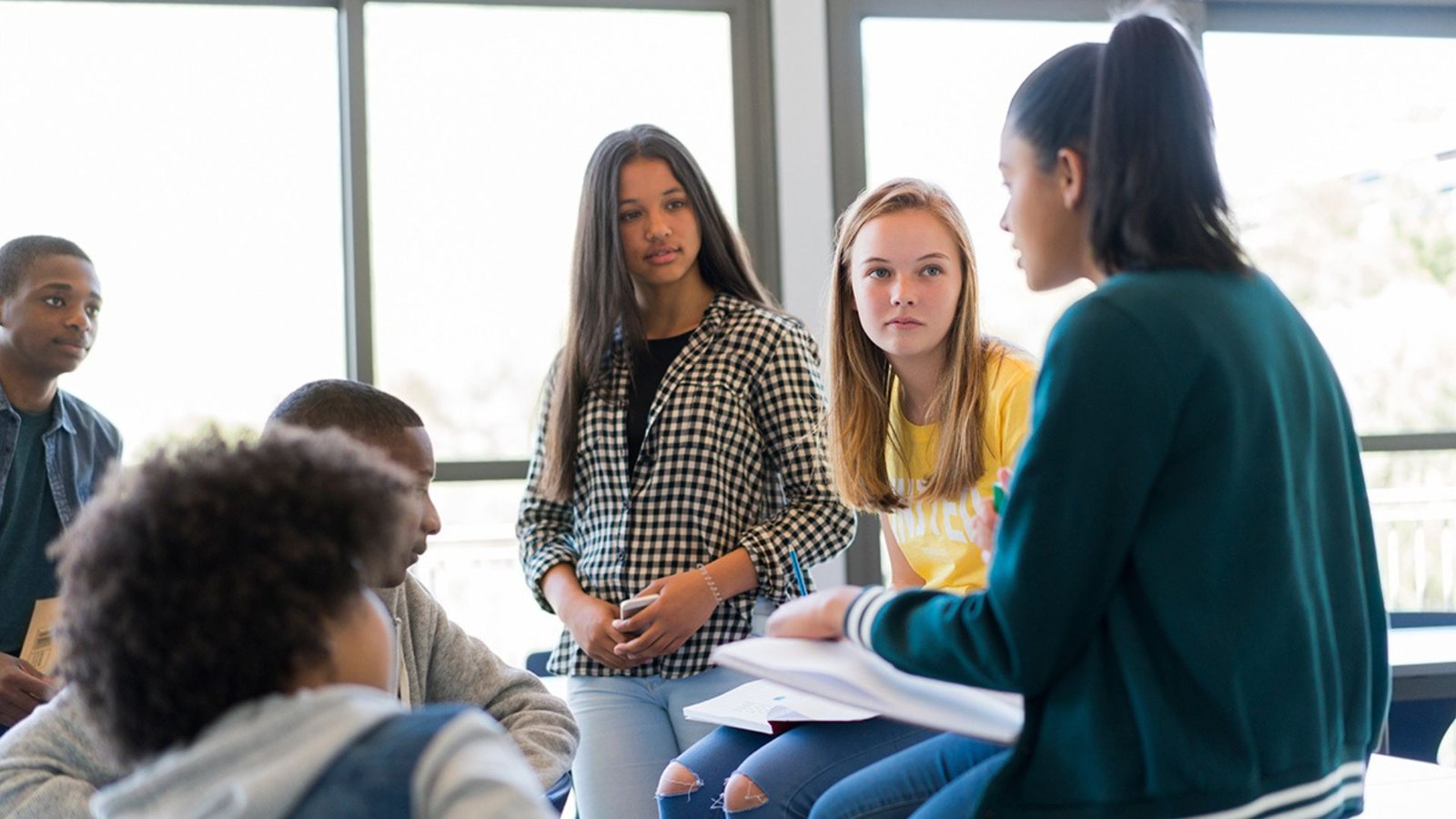Creativity is a vital aspect of English essay writing, allowing students to express their thoughts and ideas in unique ways. In this guide, we’ll explore effective strategies to foster creativity and originality in English essays, empowering students to unleash their full creative potential.

How to Foster Creativity and Originality in English Essays
Nurturing Creativity Through Brainstorming Sessions
Brainstorming sessions are a powerful tool for stimulating creativity in English essay writing. Encourage students to generate ideas, themes, and concepts without worrying about grammar or structure.
Pro Tip: Encourage students to brainstorm freely without judgment to spark creativity.
Embracing Divergent Thinking in English Essay Assignments
Divergent thinking is essential for fostering creativity in English essays. Encourage students to explore multiple perspectives, challenge conventional norms, and push the boundaries of traditional thinking. Provide open-ended prompts that allow for creative interpretation and encourage students to explore unique angles and interpretations.
Pro Tip: Challenge students to think outside the box and explore unconventional ideas.
Encouraging Playfulness and Experimentation in Writing
Writing should be a playful and experimental process, allowing students to explore different approaches and styles. Encourage students to take risks, try new techniques, and push their creative boundaries. Provide opportunities for free writing, creative writing exercises, and storytelling activities to ignite their imagination and creativity.
Pro Tip: Encourage students to experiment with different writing styles and techniques to unleash their creativity.
Inspiring Creativity Through Literature and Art
Literature and art are powerful sources of inspiration for English essay writing. Incorporate works of literature, poetry, and visual art into your curriculum to spark creativity and encourage students to explore diverse themes and ideas. Analyze literary techniques, symbolism, and imagery to inspire students’ creative expression in their essays.
Pro Tip: Integrate literature and visual art into English essay assignments to inspire creativity.
Fostering Collaboration and Peer Feedback
Collaboration and peer feedback are invaluable tools for fostering creativity in English essays. Encourage students to share their work with peers, engage in collaborative brainstorming sessions, and provide constructive feedback to one another. Peer interactions can inspire new ideas, offer fresh perspectives, and stimulate creative thinking.
Pro Tip: Encourage peer collaboration and feedback to inspire new ideas and perspectives.
Cultivating a Growth Mindset Towards Creativity
A growth mindset is essential for nurturing creativity in English essays. Encourage students to embrace challenges, view mistakes as opportunities for growth, and persist in their creative endeavours.
Pro Tip: Cultivate a growth mindset that embraces challenges and values perseverance in creative endeavours.
Encouraging Personal Connection and Authenticity in Writing
One way to foster innovation in English essays is by encouraging students to tap into their personal experiences and emotions. Encourage them to reflect on their own lives, beliefs, and values, and incorporate these elements into their writing. This personal connection can lead to more authentic and original essays that resonate with readers.
Pro Tip: Encourage students to draw from personal experiences and emotions to infuse authenticity into their essays.
Exploring Multimedia and Multimodal Composition
Incorporating multimedia and multimodal composition can provide students with new avenues for creative expression in their essays. Encourage students to incorporate visuals, sound effects, or even interactive elements into their essays to convey their ideas in innovative ways. This approach not only enhances creativity but also allows for a deeper engagement with the subject matter.
Pro Tip: Integrate multimedia elements such as images, videos, and audio recordings to enhance creativity in essay writing.
Promoting Reflection and Revision as Catalysts for Creativity
Reflection and revision are essential components of the creative process in essay writing. Encourage students to take the time to reflect on their initial ideas, consider different perspectives, and explore alternative approaches. Through multiple rounds of revision, students can refine their ideas, deepen their analysis, and elevate the creativity of their essays.
Pro Tip: Emphasize the importance of reflection and revision as tools for refining and enhancing creative ideas in essays.
Integrating Collaborative Writing Projects for Collective Creativity
Collaborative writing projects provide students with opportunities to collaborate with their peers and leverage collective creativity. Assign group projects where students work together to brainstorm ideas, outline essays, and collaborate on writing assignments. This collaborative approach not only fosters creativity but also promotes teamwork and communication skills.
Pro Tip: Foster collaborative writing projects that allow students to pool their ideas and creativity to produce collective works.
Encouraging Risk-Taking and Embracing Failure as Learning Opportunities
Encourage students to take creative risks and explore unconventional ideas in their essays. Emphasize that failure is a natural part of the creative process and an opportunity for growth and learning. Hence, create a supportive classroom environment where students feel comfortable experimenting with new ideas and embracing the creative process, even if it leads to occasional setbacks.
Pro Tip: Create a supportive environment where students feel comfortable taking creative risks and learning from failure.
Conclusion
In conclusion, Fostering creativity and originality in English essays is essential for empowering students to express themselves authentically and engage deeply with their writing. By nurturing innovation through brainstorming sessions, embracing divergent thinking, encouraging experimentation, inspiring through literature and art, fostering collaboration, and cultivating a growth mindset, educators can unlock the full creative potential of their students.




